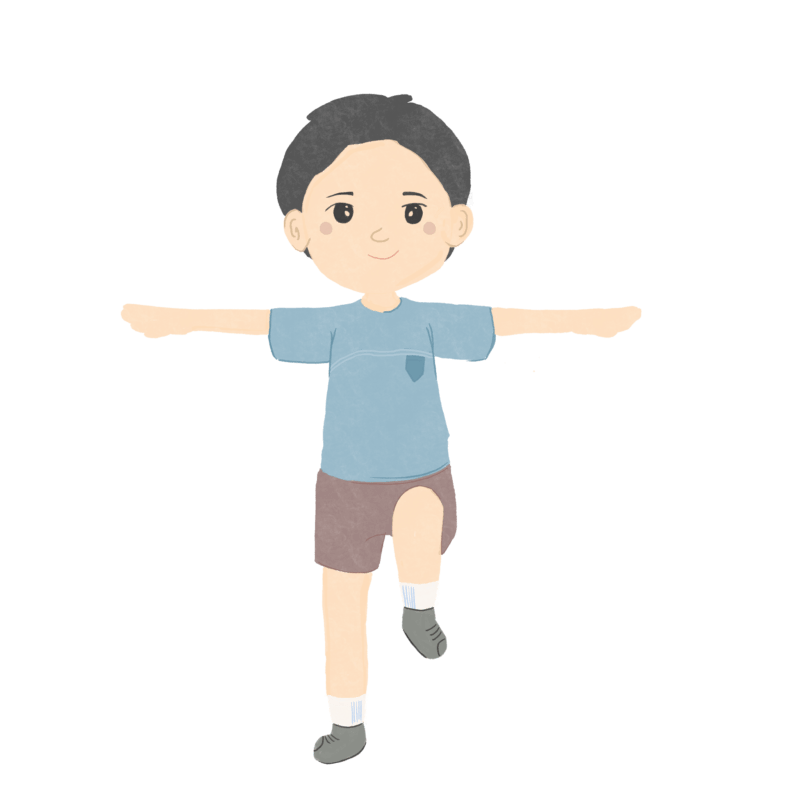Developmental Milestones at 4 years and 5 years

4 years
- Engages in pretend play (pretending to be a teacher, mother, superhero etc)
- Shows sympathy and comforts (hugging) others who are hurt or upset.
- Avoids dangers.
- Likes to be a little helper
- Behave according to social expectation (be quiet in a library, be playful in a playground)
- Say sentences with four or more words
- Says words from a song/ nursery rhyme/ story
- Talks about at least one event that happened during his/her day
- Answers simple questions
- Name a few colours of items
- Tells what comes next in a story that is familiar
- Draws a person with three or more body parts
- Takes turns and shares
- Walks upstairs and downstairs with alternate feet
- Good on tricycle
- Start hopping and standing on one foot
- Catches a large ball most of the time
- Serves him/herself food or pours water into his/her cup under supervision
- Unbuttons large buttons on clothes.
- Holds crayons or pencils between fingers and thumb
5 years
- Follow instructions/ rules and take turns when playing games with other children.
- Sings/dances/ acts for others
- Does simple chores at home
- Tells a story she heard of before and made up at least two events
- Answers simple questions about a book/ story after you read it to him/her
- Keeps a conversation going with more than three back-and-forth exchanges
- Uses or recognises simple rhymes
- Very clear about his/her own name, address, and age
- Likes listening and telling stories
- Counts 0 – 10
- Names some numbers between 1 – 5 when you point to them
- Uses words like “yesterday”, “tomorrow”, “morning” or “night” to talk about the time when the event happens.
- Pays attention for 5 – 10 minutes during activities
- Writes some letters in his/her name
- Names some letters when you point to them
- Develops a better sense of humour
- Uses more imagination
- Hops on one foot
- Balances on one foot for 10 seconds
- Buttons some buttons on clothes.
- Swings and climbs
- Slide down a slide
- Capable to dress and undress by self
Berk, L. E. (2022). Infants, children, and adolescents. SAGE Publications.
Bjorklund, D. F. (2022). Children′ s thinking: Cognitive development and individual differences. Sage publications.
Centers for Disease Control and Prevention. (2023). CDC’s Developmental Milestones. doi: https://www.cdc.gov/ncbddd/actearly/milestones/index.html/.
HealthHub. (n.d.). Is My Child Development Normally?. DOI: https://www.healthhub.sg/
Malik F, Marwaha R. Developmental Stages of Social Emotional Development In Children. In: StatPearls. StatPearls Publishing, Treasure Island (FL); 2022. PMID: 30521240.
NHS. (n.d.) Child Development Milestones. doi: https://www.cambscommunityservices.nhs.uk/advice/staying-safe/childhood-development/milestones/.
Smet. N & Lucas. C.A. (2015). Occupational Therapy View of Child Development. In J Case-Smith & J.C. O’Brien. (2015). Occupational therapy for children and adolescents. St. Louis, Missouri: Elsevier.
SBCC. (2022). Developmental milestone checklist. doi: https://www.sbcc.sg/developmental-milestone-checklist/.
